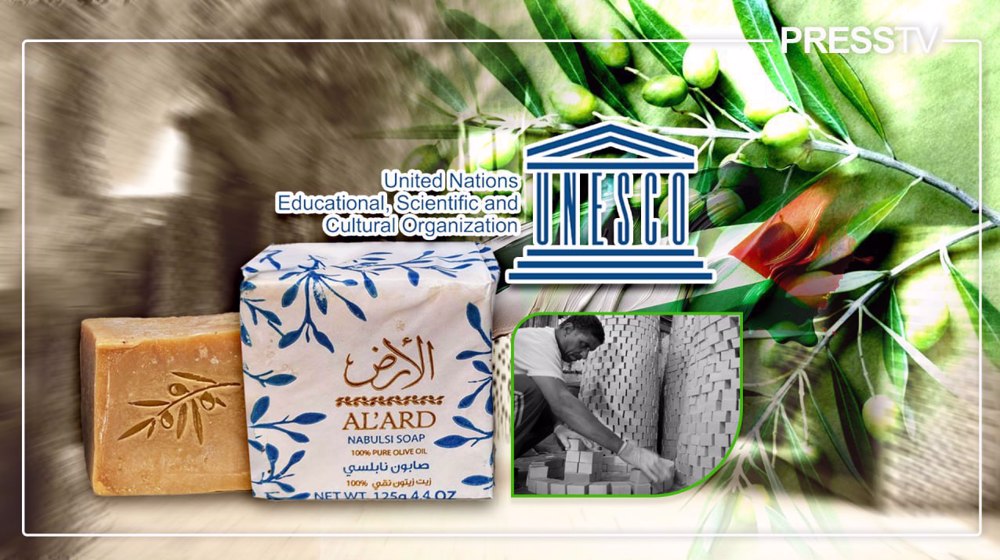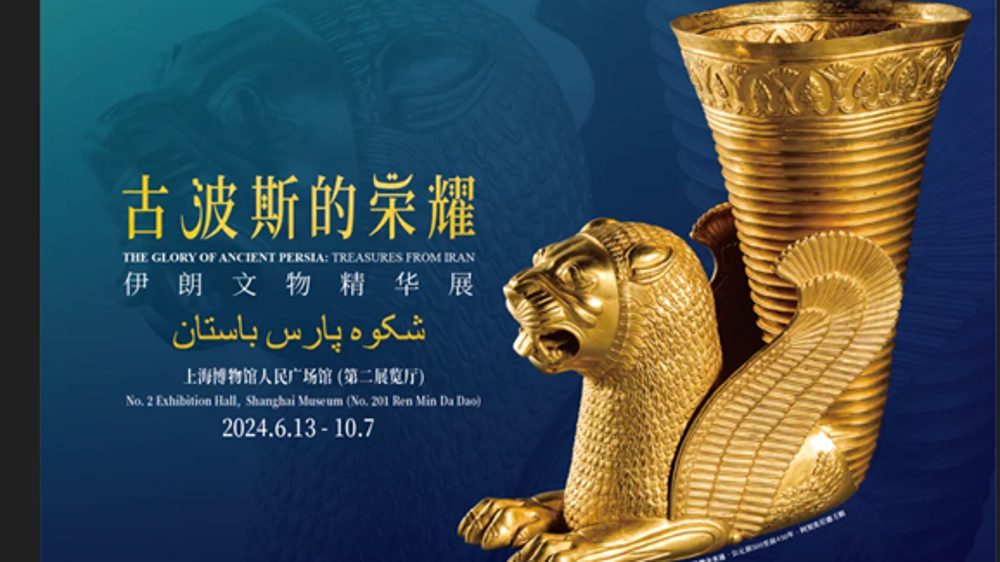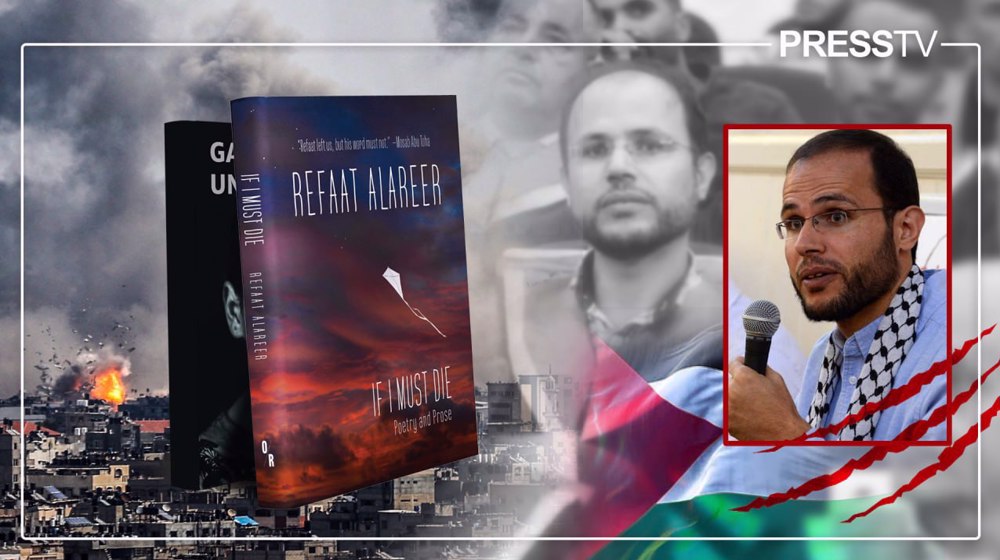Archaeologists find tallest wall ever found near Iran’s Burnt City
Archaeologists have unearthed the tallest wall ever found near the ancient site of Burnt City in Iran’s southeastern Sistan-Baluchestan province.
The brick wall, which was discovered at Taleb Khan Mound, is 160 centimeters tall and dates back to the Burnt City’s fourth stage of civilization.
The sixth phase of archaeological excavations in the area also yielded a clay piece which depicts the leg of a cow and had been part of a figurine created by inhabitants of the area.
The ancient piece is about four centimeters long and considered to be the most lifelike artistic creation discovered in the area so far.
“This is the most naturalistic artwork from 4,500 years ago. The hoof cleft and the back of the leg have been realistically created and present a unique simulation,” said head of the archaeology team Hossein-Ali Kavosh.
The excavation project also yielded a number of intact clay dishes, animal figurines and bricks bearing ancient human finger prints.
The Burnt city is one of the largest and richest Bronze Age sites in Iran and the Middle East.
The United Nations Educational, Scientific and Cultural Organization (UNESCO) registered Burnt City on its World Heritage List in June 2014.
The ancient site is believed by some to have been the capital of an ancient civilization that flourished on the banks of the Helmand River nearly 5,200 years ago.
Spanning an area of over 300,000 hectares, the site had extensive commercial, political, and social relations with other important cities in the region.
Four civilizations have lived in the city which was burnt down three times and not rebuilt after the last fire.

The world’s oldest animated picture, as well as the earliest-known dice, backgammon set, caraway seeds and artificial eyeball are among the most significant discoveries at the site.
The Burnt City was first excavated by the Istituto Italiano per l’Africa e l’Oriente (IsIAO) team led by Maurizio Tosi in 1967. The reputed Italian archaeobotanist professor Lorenzo Costantini also studied the site in 2005.
Their findings showed that the residents of the Burnt City had great skills in weaving tissues, creating fine arts such as decorative objects, stone carving, and pottery painting.
TE/MKA
Iran’s shortcut to progress through localization
VIDEO | Press TV's news headlines
Senior Iranian diplomat warns of Syria’s disintegration, spread of insecurity to Iraq
Genocide denial: UK-based Zionist ‘think tank’ under fire for disputing Gaza death toll
UN relief chief: Gaza ‘apocalyptic’; almost impossible to deliver aid amid Israeli siege
Iran nuclear chief urges IAEA to uphold impartiality, refrain from provocations
VIDEO | Russia arrests suspect 'recruited by Ukraine' over killing of top general
Swiss parliament passes resolution to ban Hezbollah despite govt. opposition










 This makes it easy to access the Press TV website
This makes it easy to access the Press TV website